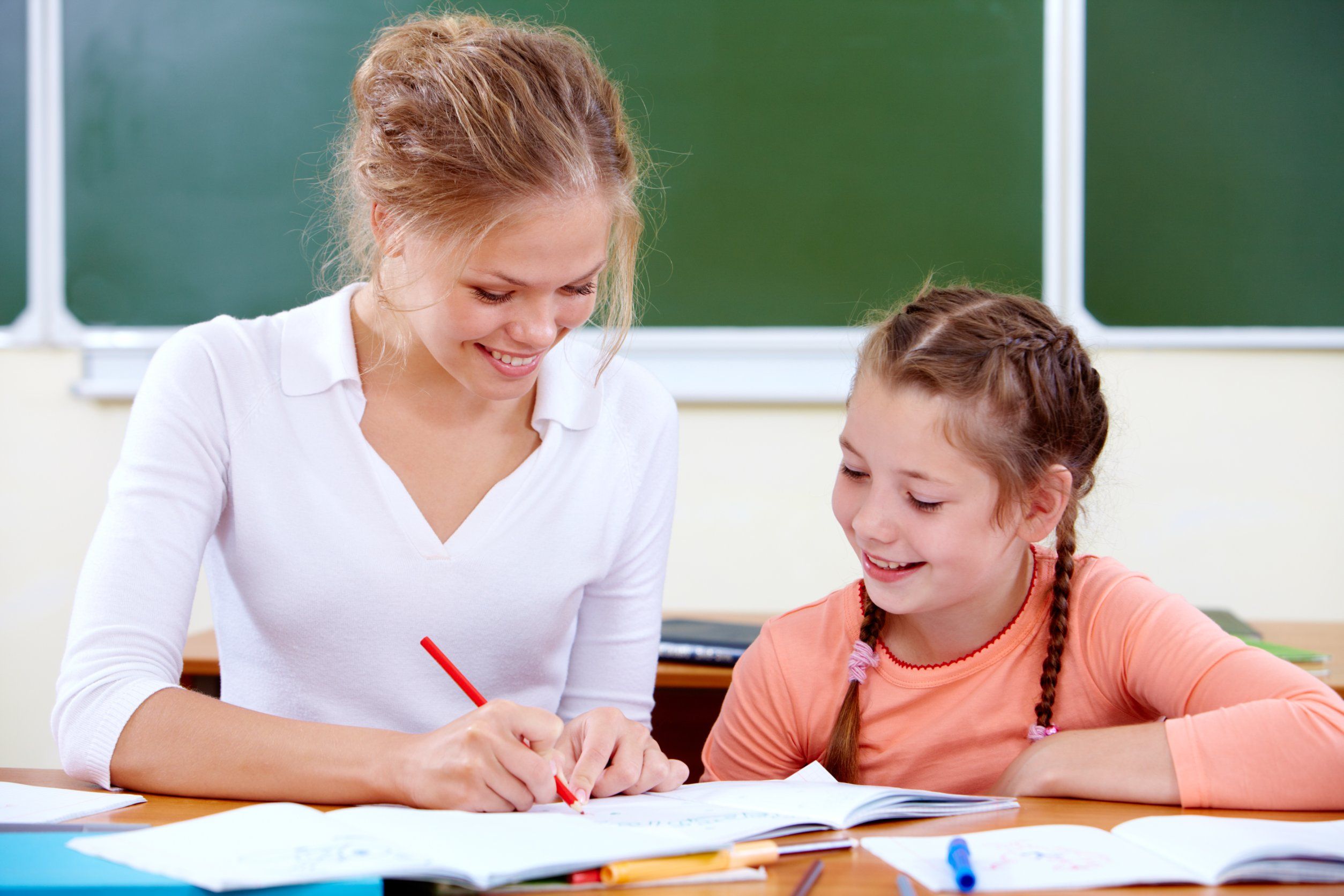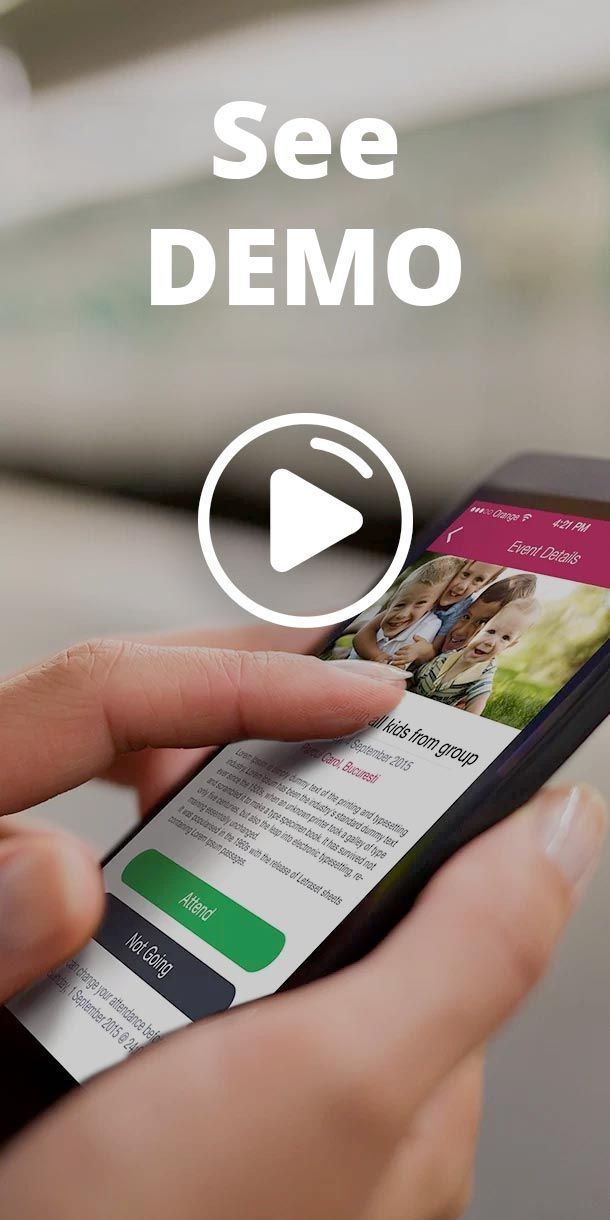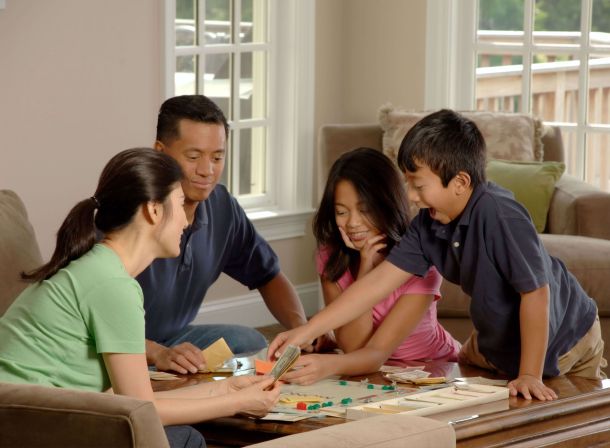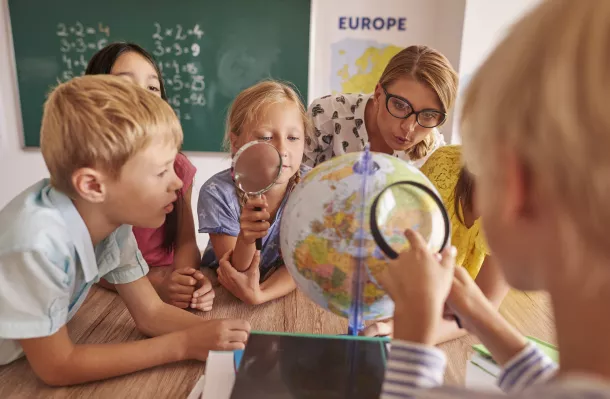
Feedback: an essential tool in shaping students’ education path
Feedback, in an educational context, is defined as information provided to a learner to bridge the gap between current performance and a desired goal (Sadler, 1989)
Contents:
- The purpose of feedback in learning: feed up, feedback and feed forward.
- Feedback in learning - guidelines
The literature consistently ranks feedback as one of the most powerful interventions teachers can integrate into the classroom. Feedback is a complex construct that integrates three distinct components, which we call feed-up, feedback, and feed-forward. To fully implement a feedback system, teachers need to use all three. Here in this article is the essential information you need to know about feedback and how it can shape your educational trajectory and active learning in your classroom.
The purpose of feedback in learning: feed up, feedback, and feed forward
Effective feedback is designed to determine a learner's level of understanding and skill development and to plan the next steps towards achieving learning intentions or goals.
As mentioned earlier, feedback has three distinct components which we classify as follows:
1. Feed Up
The first component of an effective feedback system involves setting a clear goal. When learners understand the purpose of the activity, they are more likely to focus on the learning task at hand. Setting a goal is also crucial to a feedback system because when teachers have a clear overall goal, they can align their different assessments. The teacher can plan readings, collaborative projects, and assessments to ensure that students focus on the content that leads them to the set goal.
2. Feedback
The best feedback is the feedback that gives students information about their progress, but also about those areas they need to improve. To reach the set target, the teacher should provide support and outline actions for the pupil to take to move closer to the expected standard. Ideally, teachers provide feedback gradually at the end of each stage completed, so that in the end, the broad work task has the desirable outcome. The feedback students receive is made up of suggestions and guidance to improve performance. The teacher must celebrate the small moments of success with the students, but at the same time is honest about all the steps they still need to take to achieve the final goal.
3. Feed Forward
In an effective feedback system, teachers use assessment data to plan future instruction; hence the term feeds forward. As teachers analyze student work, whether it's a comprehension check assignment or a formative assessment, they use what they learn to modify their subsequent teaching. Teachers need to show flexibility, understanding, and openness, and they need to see the feedback process as a two-way street. Once assessment takes place, not only do we find out what the student's level is and give them directions for improvement, but as teachers, we also discover things that we could do differently next time in our instructional time. We can either talk about a whole class intervention or additional instruction for students who have a greater need to close a gap.
Feedback is a key element of the continuous learning and assessment process. Providing frequent, ongoing, and relevant feedback is a significant means of improving learning outcomes.
Effective feedback helps the learner to reflect on the learning process and their learning strategies so that they can make adjustments to make further progress.
In 2011, John Hattie contributed to a publication by Sutton, Hornsey & Douglas on Feedback: The communication of praise, criticism, and advice, with an article on "Feedback in schools".
This short text is a resource reader for anyone trying to find out more about the feedback model that underpins the Visible Learning paper. John Hattie offers some interesting clarifications and explanations to his previous articles on feedback in schools:
- Errors should be welcomed. Exposure to errors in a safe environment can lead to higher performance. Students fear mistakes because they fail to understand their true value, a failure should not be seen as irreparable, but as a first step to doing better next time. Feedback should be given in a differentiated way and accompanied by a set of
- Feedback should be differentiated and accompanied by a set of explanations so that, depending on the case, the individual learner or the working group can understand and integrate what they hear properly.
- Feedback can be given in the following ways: teacher-pupil, teacher-pupil group, pupil/pupil-teacher, and pupil-pupil. Interventions are needed to encourage correct feedback from peers. Often these situations can help the school community to look objectively at a situation, argue, and think critically.
- As mentioned above, the feedback moment also provides teachers with opportunities to further improve their teaching, to make it more effective and appropriate to the needs of the group of pupils.
Feedback in learning - guidelines
Here are three guidelines for using feedback to improve learning:
- Focus attention on the process and how a task was performed, not on the person who performed it;
- Give elaborate, detailed, specific, clear, unbiased, and objective feedback;
- Promote a focus on learning objectives, but also on strategies that learners can follow to achieve them; In short, don't just tell learners where they need to go, but also how they can get there.
Is feedback useful for teachers or learners?
Pupils use internal and external feedback to assess strengths and deficits in their performance so that high-quality characteristics or behaviours can be reinforced and those that are not optimal can be modified.
Dominant ideas about feedback emphasise that feedback is a tool for the benefit of the learner. Sadler (1989) and Nicol and MacFarlane-Dick (2006) point out that feedback, as a system, also informs educators about aspects of their teaching effectiveness.
Positive and negative evaluative feedback
- Positive evaluative feedback attempts to keep behaviour moving in the direction it is already heading.
- Negative evaluative feedback serves a corrective function that helps to diminish or eliminate inappropriate behaviour.
"Feedback is a powerful way of influencing student outcomes." Hattie & Timperley
Feedback is about encouragement, feedback about where we can go to achieve goals, flexibility, and openness. When teachers give feedback, they need to ensure that students are ready to receive it and integrate it appropriately, they need to be there for them and support them in the process. Feedback is an essential tool for the teaching process that helps us to shape and improve the educational trajectory and is a useful method to encourage active learning.
How Kinderpedia supports active learning and the transition to a modern classroom
Kinderpedia supports active learning by making it easy for teachers to provide students with a variety of interactive and engaging resources that encourage them to take an active role in their own learning. Also, it keeps parents connected and engaged in students’ education. It allows schools to gather and analyse data at different levels, with the purpose of improving learning, as well as the overall teaching practice. Kinderpedia supports teachers in providing quick and effective feedback on homework uploaded by students on the platform. In this way, it enhances teacher-student-parent communication and helps children to be constantly involved in their own learning process.

Kinderpedia
The complete communication and management solution for schools and childcare centres.
Simplifies teachers' work and brings parents closer to their children's school progress.
Recommended articles
Want to improve your center quality? Kinderpedia is here to help! Not only do we provide thousands of informational content pieces like blog posts, podcasts, webinars and more, we are also makers of the #1 Rated and Reviewed Childcare Software.







